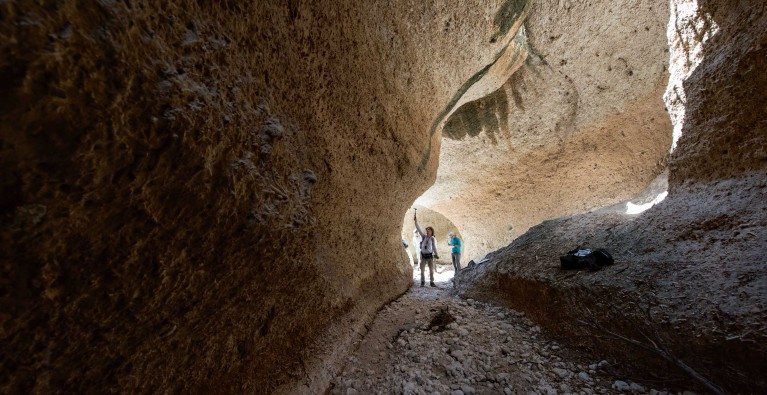Erin Dillon
My avid fascination with the ocean started at a young age. From my earliest memories of snorkelling I know I was captivated by the intricate beauty, elusiveness and complexity of marine ecosystems, and I have naturally been drawn to sharks as a manifestation of these traits.
While studying abroad and doing research in Australia, Palau and the Northern Line Islands during college, I experienced the unspoiled splendour of protected reef ecosystems and observed at first hand the impact of destructive human activities on them. I realised that I didn’t want to study coral reef ecology or sharks just for the sake of doing science, but rather to enhance conservation and management efforts, particularly within local communities.
However, it quickly became apparent that I was dealing with shifting baselines. Even the most pristine ecosystems I visited had not entirely eluded the human imprint. This prompted me to approach the issue of coral reef health and resilience from a different perspective. Instead of focusing solely on the modern ecology of the reefs, I turned to the past to gain a better understanding of their present predicament and thus ensure their future protection.
This led me to get involved with a marine palaeoecology project at the Smithsonian Tropical Research Institute – to which I currently belong – that had not yet begun to explore shark baselines. Having previously studied the tremendous role that sharks play in shaping modern-day reef communities and immediately recognising the conservation potential of this project, I sank my teeth wholeheartedly into the opportunity to investigate how shark numbers have changed over the entire timescale of human interaction with the ocean. I am now referred to as the ‘shark girl’ of the lab. Having been obsessed with sharks as a child, it seems I have serendipitously come full circle.
